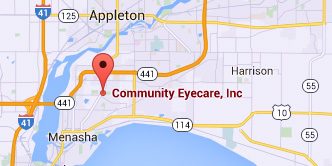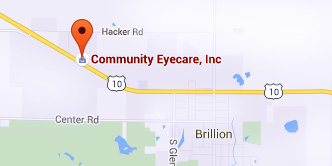Latest News & Promos
- Details
- Written by The Community Eyecare Team

The Sixties.............War, peace, expressing yourself, the Civil Rights movement, and the Beatles. One of the biggest hits of the era was “Here Comes the Sun” by the Beatles.
In the health care world, the sun plays a balancing role in delivering its rays to our bodies to help produce Vitamin D. Many people who work indoors are directed to take Vitamin D supplements because of lack of exposure to the sunshine, Conversely, people who are outside a lot have a risk of overexposure causing...
- Details
- Written by The Community Eyecare Team

Have you ever felt a twitching sensation in your eye? Were you sure everyone was looking at you because of it? Worried it is the beginning of a big problem?
Relax, it’s not likely to be a big deal. Most of the time it is not even visible to other people.
First, it’s almost never your actual eyeball that is twitching; it’s your eyelid muscle. The actual eye twitching is fairly rare and would cause the vision to be fairly blurry if the eyeball was really twitching.
The eyelid has a...
Patient Resources
Please Leave a Google Review
We sincerely appreciate our patients and welcome your feedback. Please take a moment to let us know how your experience has been.
Our Dry Eye Center
Northeast Wisconsin's Optometrists of Choice
Menasha Office
1255 Appleton Road
Menasha, WI 54952-1501
Phone: (920) 722-6872
CALL 1ST - NO WALK-INS
Brillion Office
950 West Ryan Street
Brillion, WI 54110-1042
Phone: (920) 756-2020
CALL 1ST - NO WALK-INS
Black Creek Office
413 South Main Street
Black Creek, WI 54106-9501
Phone: (920) 984-3937
CALL 1ST - NO WALK-INS
© Community Eyecare, Inc.: 3 Convenient Northeast Wisconsin Locations | Menasha, WI | Brillion, WI | Black Creek, WI | Site Map
Text and photos provided are the property of EyeMotion and cannot be duplicated or moved.




